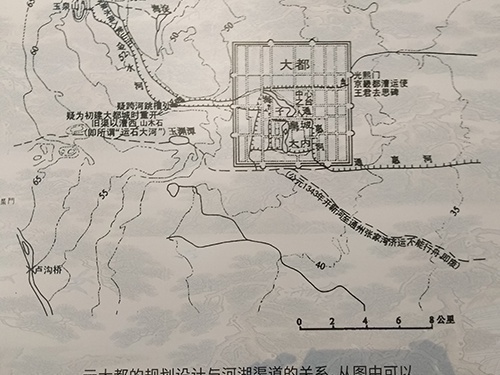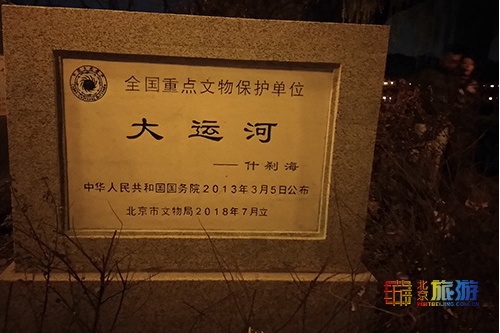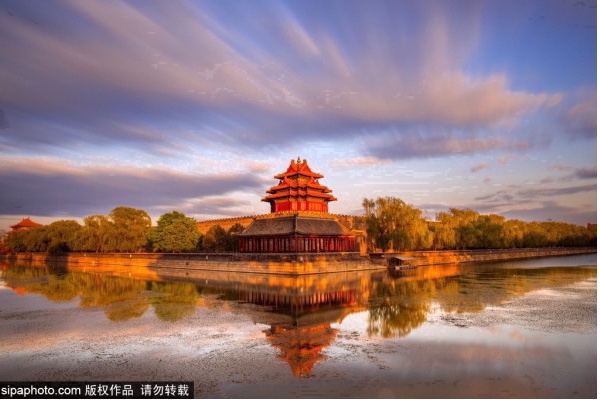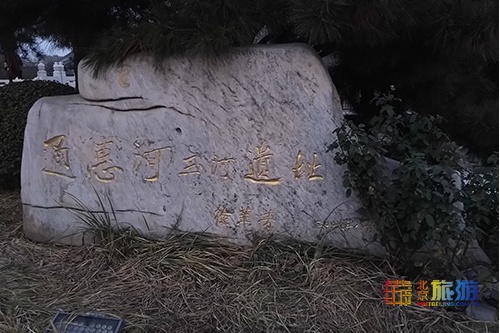The belt of the Grand Canal culture is a combination of cultural and natural heritage resources. The essence of its cultural value lies in the “five veins”: its important role in politics, history, economy, society, and ecology. In order to distinguish the unique features of the ancient capital, Beijing is doing great in excavating and summarizing the Grand Canal’s historical and cultural connotations while constantly endowing it with new connotations of the times, creating a unique and charming cultural symbol of the city and helping to build a national culture center.

I. The “Five Veins” of the Canal: the Essence of the Beijing Grand Canal Culture
Political role. In addition to the general characteristics of Chinese Grand Canal culture, the Beijing section of the Grand Canal possesses a distinct military position and special capital features. Within the range of the historical, natural and humanistic contexts, keeping the Beijing Grand Canal open for transport not only provides the capital with material supplies, but also guarantees the fluent communication of the central government’s decrees, which is beneficial for maintaining the political unity of a multi-ethnic country.

Historical role. From Jiangnan to Northern China, the Grand Canal has agglomerated a profound and distinctive regional culture, which eventually accumulated into the “Canal Cultural Belt” symbolized by an artificial river stretching more than 3,500 miles. It is not only a link to strengthen the country’s political unity and economic ties, but also a bridge to promote the cultural communication among five major water systems. The Beijing section of the Grand Canal is one of its essences, and many historical and cultural relics related to the canal are all gathered in this area, constituting an important geographical symbol of Beijing’s history.

Economical role. As a north-south axis connecting the political and economic centers of the country, the Grand Canal enabled the transportation of various provisions to Beijing, mainly food, which was the top priority of the Yuan, Ming and Qing Dynasties. When transporting the wealth from the affluent Jiangnan region to the capital, it became an important source of the state financial revenue. Therefore, the Grand Canal not only led to the rapid development of the city’s economy, but also promoted the trade along the riverside, highlighting its importance in the economical role. With this role, the stability of the city and the normal political practice were thus guaranteed.
Social role. The capital city locates in the northeast of the country, but it has a strong connection with the south and keeps timely track of social movements thanks to the Grand Canal. The “Canal Cultural Belt” is a unique belt-like social system in Chinese civilization, with a huge and cross-basin water conservancy project as the carrier, which has given birth to many world-famous cultural attractions and formed unique cultural customs along the riverside. The urban culture in Beijing has a strong ancient charm with a modern sense, radiating its culture in all directions through the Grand Canal. And through mutual absorption and learning, it has turned into a social and cultural form that is both eclectic and trendsetting.

Ecological role. The Beijing Grand Canal spans over six districts, with the Tonghui River and Bai River (North Canal) as its main lines, and the Dam River and the Nanchang River as its branches. According to the topography and regional distribution, it flows from the northwest to the southeast and is divided into three sections of the western suburbs, the old city and Tongzhou, forming a complete ecological water system. Tongzhou, located in the downstream of Beijing Bay where all the waters converge, has already developed waterway transportation since ancient times. It is not only the storage and transportation center of Beijing, the distribution center of materials transported from the south to the north, but also the eastern gate of the city. As old sayings go “all the world’s shipments are gathered in Tongzhou” and “the prosperity of vessels can compare with the strength of the Great Wall”. As Tongzhou becomes an urban sub-center, the cultural heritage of the Grand Canal will become a golden card of Beijing.




